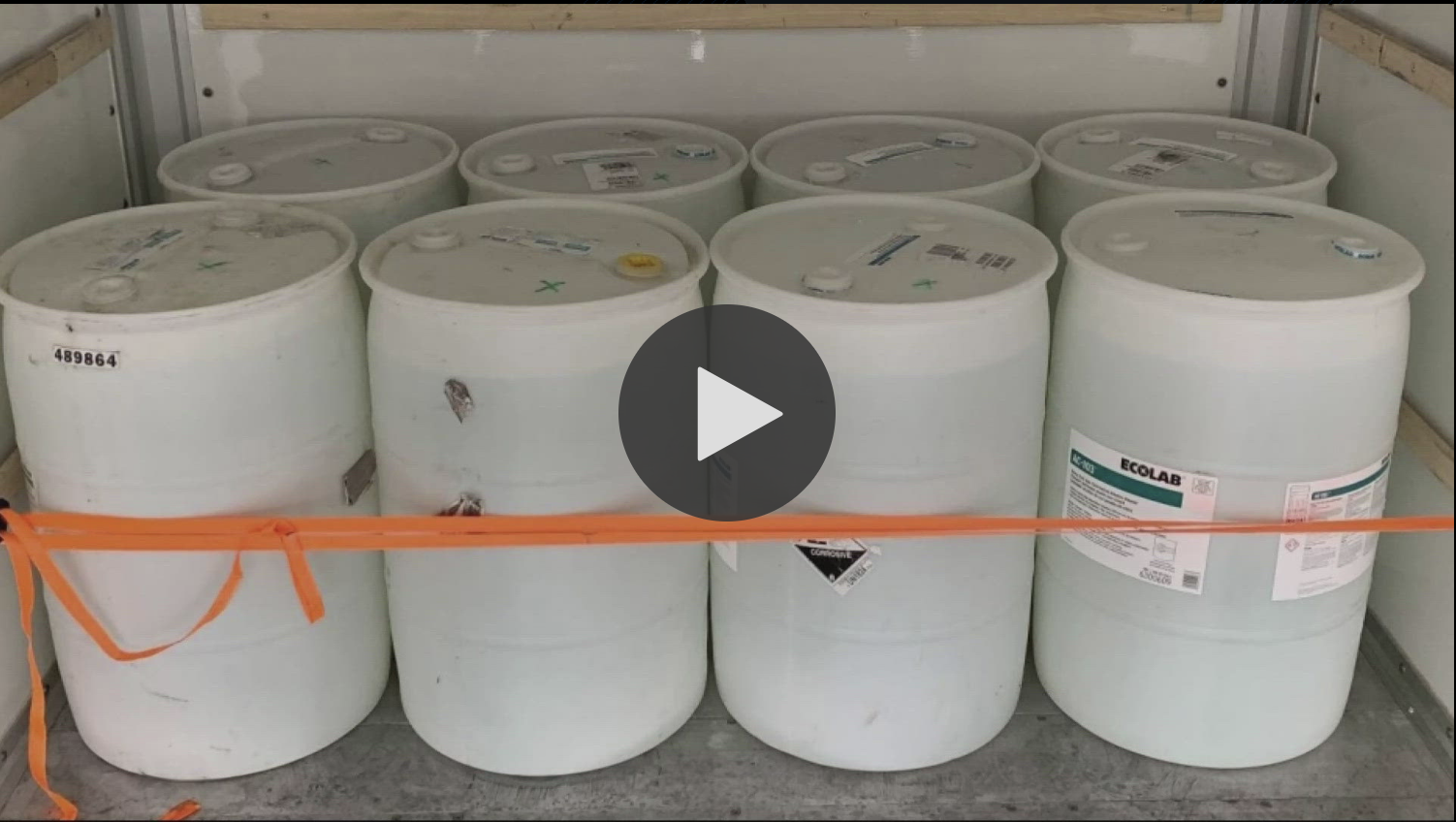TIGARD, Ore. — What federal officials once hailed as one of the largest heroin busts in Oregon history has unraveled, with new evidence showing the seized liquid was almost entirely water.
From Major Bust to Major Doubts
The case dates back to January 2024, when federal investigators arrested four men at a Motel 6 in Tigard. Authorities alleged the men were transporting a massive shipment of heroin from Yakima, Washington, to the Portland area.
Officials said the suspects were driving a rented U-Haul truck carrying eight 55-gallon barrels. Seven of those barrels, according to initial field tests, appeared to contain heroin. At the time, federal prosecutors estimated the seizure represented “50 million lethal doses” of the drug.
Also Read
Six men were eventually charged in connection with the case.
Forensic Analysis Tells a Different Story
The narrative shifted dramatically after a defense attorney hired a forensic chemist to conduct independent testing. The chemist’s report revealed the barrels contained 99.999% water and only 0.001% heroin.
The conclusion: the mixture was so diluted it was essentially unusable as heroin. That finding stood in sharp contrast to the government’s earlier claims of a deadly, mass-scale drug shipment.
Impact on Defendants
The revelation had immediate consequences for at least one of the accused. Luis Deleon Woodward, 28, who had been in custody since January 2024, was sentenced last week to time served and three years of supervised release. Court filings indicate he now faces deportation to Mexico.
Another defendant, Marco Antonio Magallon, is scheduled to be sentenced on Tuesday. Sentences for the other men involved remain pending.
Federal Authorities Stay Quiet
The U.S. Attorney’s Office in Portland declined to comment on the case, citing ongoing litigation. Federal officials have also not addressed why initial testing suggested the barrels contained heroin in significant amounts, or how their estimates translated into “millions of lethal doses.”
Questions About Evidence and Enforcement
The discrepancy between the government’s initial claims and the independent analysis raises serious questions about the reliability of field drug testing and how evidence is communicated to the public. Field tests are often used for quick results, but they have long been criticized for producing false positives or exaggerating the presence of controlled substances.
In this case, the difference was staggering: what was presented as one of the largest heroin seizures ever in Oregon may have been little more than contaminated water.
Broader Implications
Defense attorneys and civil rights advocates argue the case underscores systemic problems in how drug prosecutions are built and announced. Public statements touting “record-breaking” busts can influence jury pools, pressure defendants into plea deals, and shape community perceptions—even if later evidence undermines those claims.
For the defendants in this case, months in jail were already served under the shadow of a potential decades-long sentence. Even with reduced charges, some, like Woodward, now face life-altering consequences such as deportation.
What Comes Next
As additional sentencing hearings approach, the courts will continue to weigh the evidence in light of the new analysis. Observers say the case could prompt reviews of drug testing procedures and how prosecutors present evidence in high-profile cases.
For now, what was once portrayed as 50 million lethal doses of heroin appears to have been nothing more than barrels of mostly water — a cautionary tale about rushing to judgment in complex federal drug investigations.












